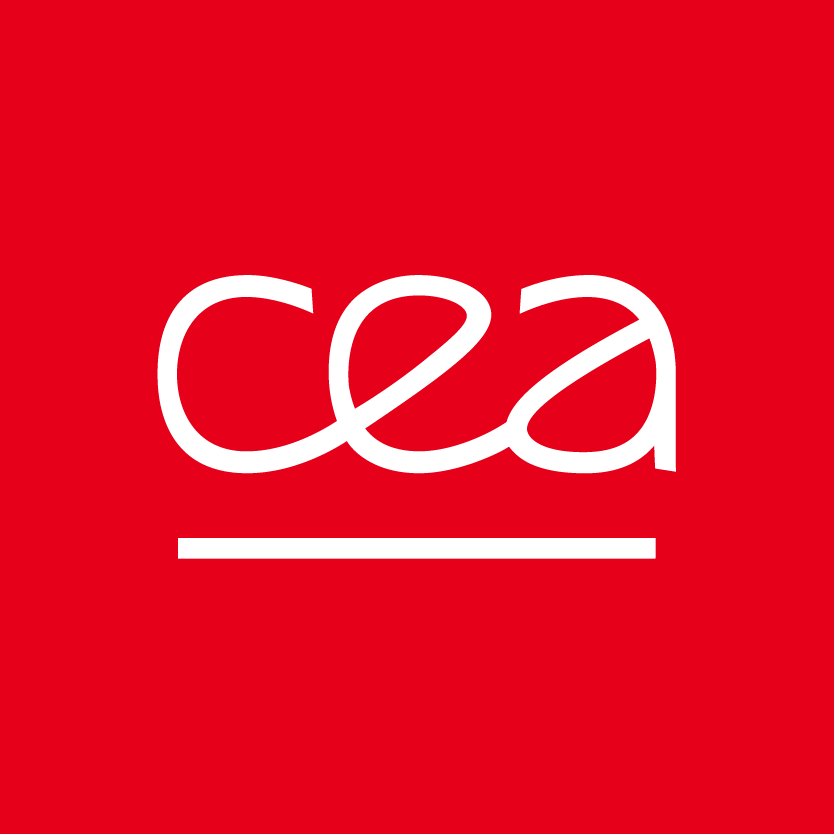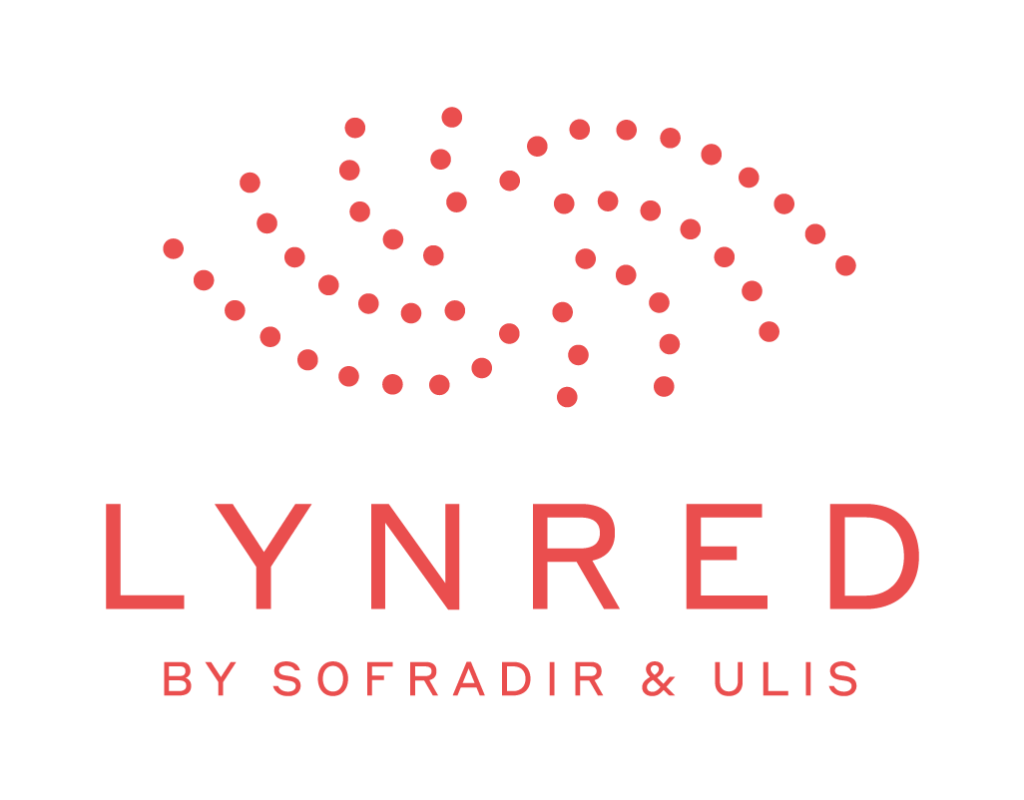
WHAT IS ADDIVISIA ?
Why
Imaging technologies are serving an ever-increasing number of applications in a endless variety of fields. However, choosing and testing the proper systems for a given context can be complex and time-consuming, especially when dealing with new generation sensors, or when your organization is not accustomed in imagers’ uses and their integration. Greater is the challenge when several heterogeneous sensors have to operate in parallel and data has to be processed on the fly and post-processed.
Component manufacturers want to be at the heart of issues that may arise in the field. Their ambition is to anticipate future uses that can affect product development roadmaps in line with end-user requirements.
What
Led by a CEA team and from an IRT Nanoelec initiative, Addvisia technology diffusion HUB animate a community of interest about multimodal and multispectral imagery to explore the full potential of combined imagers and identify new fields of application.
At the heart of the hub, an easy-to-access, up-to-date, multi-imager testing platform. This modular platform bring together technology suppliers, integrators and users around common objectives: to better understand why and how imagers can be combined for new uses, in an agile experimentation environment.
Who
Addvisia was created to explore the possible applications of innovative imaging solutions. The project is led and developed by a team of the Y.SPOT Labs, CEA Grenoble’s open innovation center, in the frame of IRT Nanoelec.
Addvisia gathers CEA, STMicroelectronics, Lynred and Prophesee for technical aspects and Cap’Tronic, Minalogic and Grenoble Ecole de Management, for promotion, business network activation and product development assistance.
OUR MULTI-IMAGER PLATFORM
The first ever multi-imagers testing platform
The multi-imagers testing platform enables any company with a problem likely to be solved by multimodal and multispectral imaging to quickly test the validity of a solution, as soon as possible before to be engaged in an integration project.
Modular and upgradeable, our platform integrates cameras exploring a wide range of spectra and modalities: visible, near infrared, short wave infrared (SWIR), thermal infrared (LWIR), event sensors, time of flight (ToF), global shutter… in spatial and temporal synchronization.
Imager typologies
What is an imager?
An imager is an electronic component capable of detecting photons arriving on a pixel matrix. Depending on the technology, photons are captured at specific wavelengths. By coupling this component with an optical system and suitable electronic processing, an image is generated.
Global Shutter
Common imagers are with rolling shutter: they capture and process sensor information line by line to form the image. In most cases, this is not a problem. However, in the case of a moving object, distorted images are generated. Global shutter sensors capture all sensor information at once. There is therefore no deformation after processing and reconstruction of the image.
Time of Flight (Tof)
On a ToF sensor, each pixel is able to measure the time of flight incident light has traveled between the camera and the object. More info about ToF on STMicroelectronics website and here.
Event sensor
Unlike frame-based sensors, event-based sensor doesn’t take frames. Instead of that, each pixel is independent and only record when it senses movement. Receptors collect the essential information and nothing else, 10 000 times a second, without needing to engage enormous amounts of brain power. More info on Prophesee website.
Short wave infrared (SWIR)
Like visible light, it is reflected or absorbed by an object to generate images with shadows and contrast. In SWIR images, water vapor, fog, and materials like silicon are good transmitters. One of the advantages of imaging technologies in the SWIR waveband is that they can “see” through glass. In terms of heat, SWIR imaging can “see” hotspots, typically between 500 °C and 3,000 °C. Versatility of SWIR waveband is making inroads into machine vision, where it provides inspection, sorting, and quality control capabilities. It can also be used to monitor temperature in the steel, glass, and other industries. Because SWIR imagers can “see” through smoke, haze, and fog, they are an excellent choice for surveillance cameras. More infos on Lynred website.
Long Wave infrared (LWIR)
This waveband is the most widely used infrared band due to its excellent detection of most terrestrial objects. The maximum spectral luminance of bodies at ambient temperature is within the LWIR band. Applications : Uses for LWIR detection include defense, security, surveillance, thermography, temperature monitoring, predictive maintenance, gas leak detection, and more. This band is also used to enable smart building and advanced driver assistance systems (people counting, pedestrian detection) and for wildlife observation. More infos on Lynred website.
Currently on the platform

Datasheets
Lynred
STMicroelectronics
VD57GB (SWIREY) EVK
Prophesee
Prophesee Gen4 (available soon)
System architecture
Services
Our offer, adapted to the upstream phases of R&D projects
Discover at a glance the latest imagers from our partners ST Microelectronics, Lynred and Prophesee in operation at the heart of your applications, and use the data from our pretotyping phase (pre-Proof-Of-Concept) allowing you to validate or invalidate the relevance of the solutions envisaged.
Thanks to our ultra-mobile, flexible imaging platform and our technical team, we make recordings on your sites or in simulated environment in our laboratory. Then we perform a preliminary analysis of the data acquired to provide you the recommendations you need to qualify the contours of your future imaging hardware and software system.
Testing process

FAQ
Below we have listed some of most common question that we get asked. Click on a question to see details. If you have other questions then please contact us.
I have no specific knowledge in imaging, is Addvisia for me?
Totally ! Addvisia has been designed to help users discover what could be the benefits of imagers in given applications. We therefore work as much with companies discovering imagery as with experts wishing to go beyond the limits of the state of the art.
What are the benefits of Addvisia for me?
Addvisia allows you to quickly and easily test different types of imagers at once in your use cases, in order to orient you to solutions that are truly relevant to your needs.
What is the confidentiality and ownership of the results?
The guarantee of confidentiality of the studies is governed by a confidentiality agreement (NDA) and by the Addvisia project’s chart.
How does a test with the platform take place?
Depending on your choice and the experimental conditions required, we can carry out the tests in our laboratory with our imaging infrastructures, at your location, or in another field test environment. In any case, our test team pilots the platform, carry out the camera settings and make the recordings in order to make the most of the technologies offered to you.
What is the price of a test?
A test with the Addvisia platform is a rapid test with an empirical approach. Its price is therefore adapted to the exploratory phases of your project, so that you can have quick responses to intuitions without major expenditure. The price of the study is also influenced by the complexity of the case and potential mechanical adaptations that we could have to make, for example personalized mounting brackets.
I heard of System Lab, is there connection between System Lab what is Addvisia?
It is the same project; Addvisia is the new name of System Lab. The rebirth through Addvisia was the opportunity for us to consolidate our offer, make it clearer and more visible for everyone.
Contact
Contact us on Linkedin













